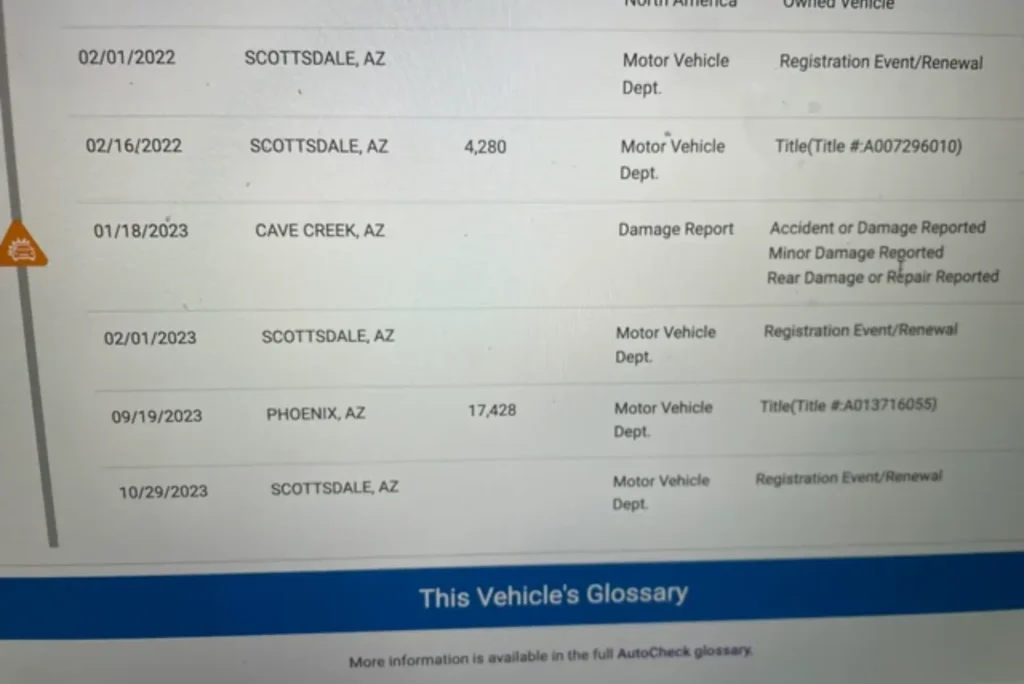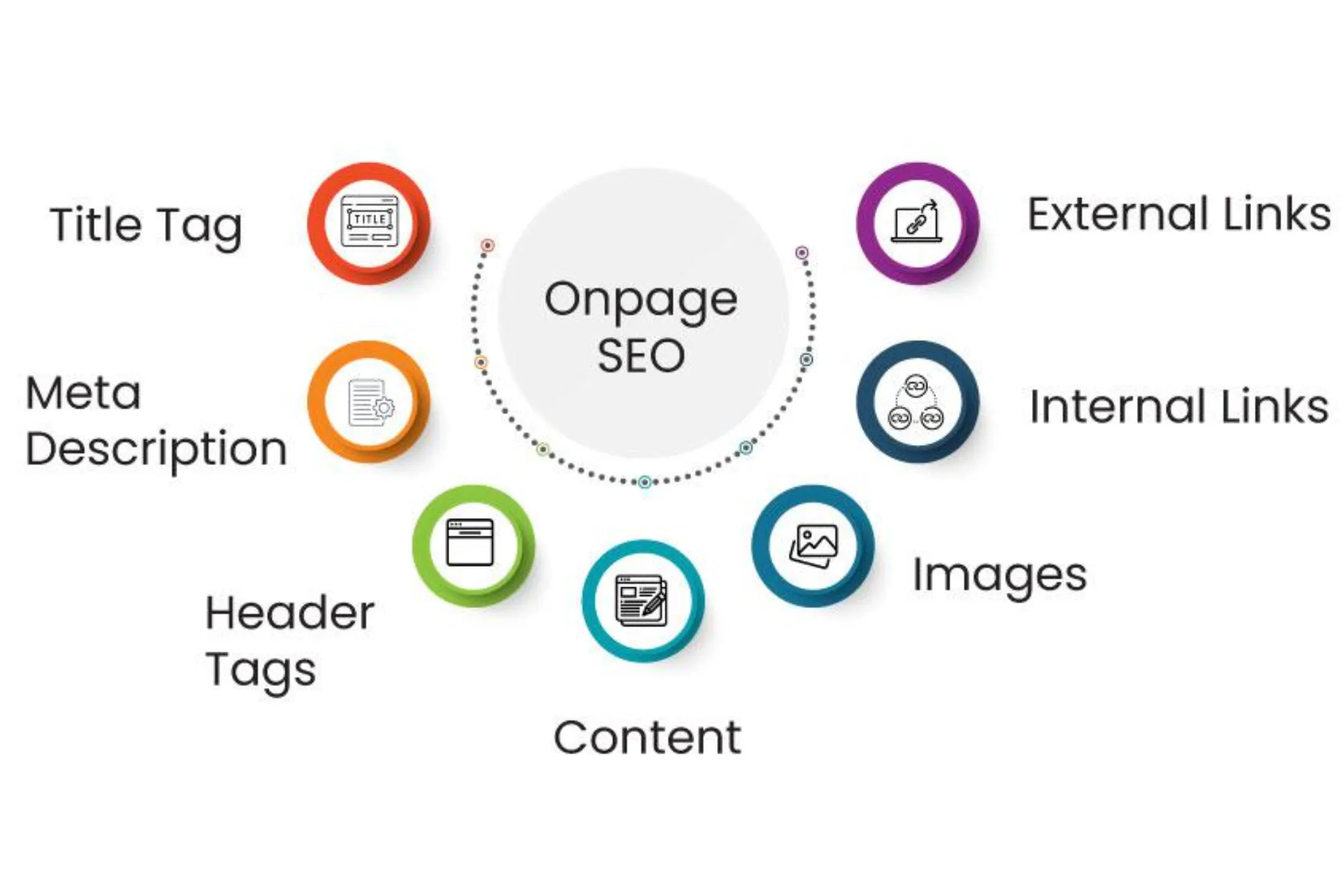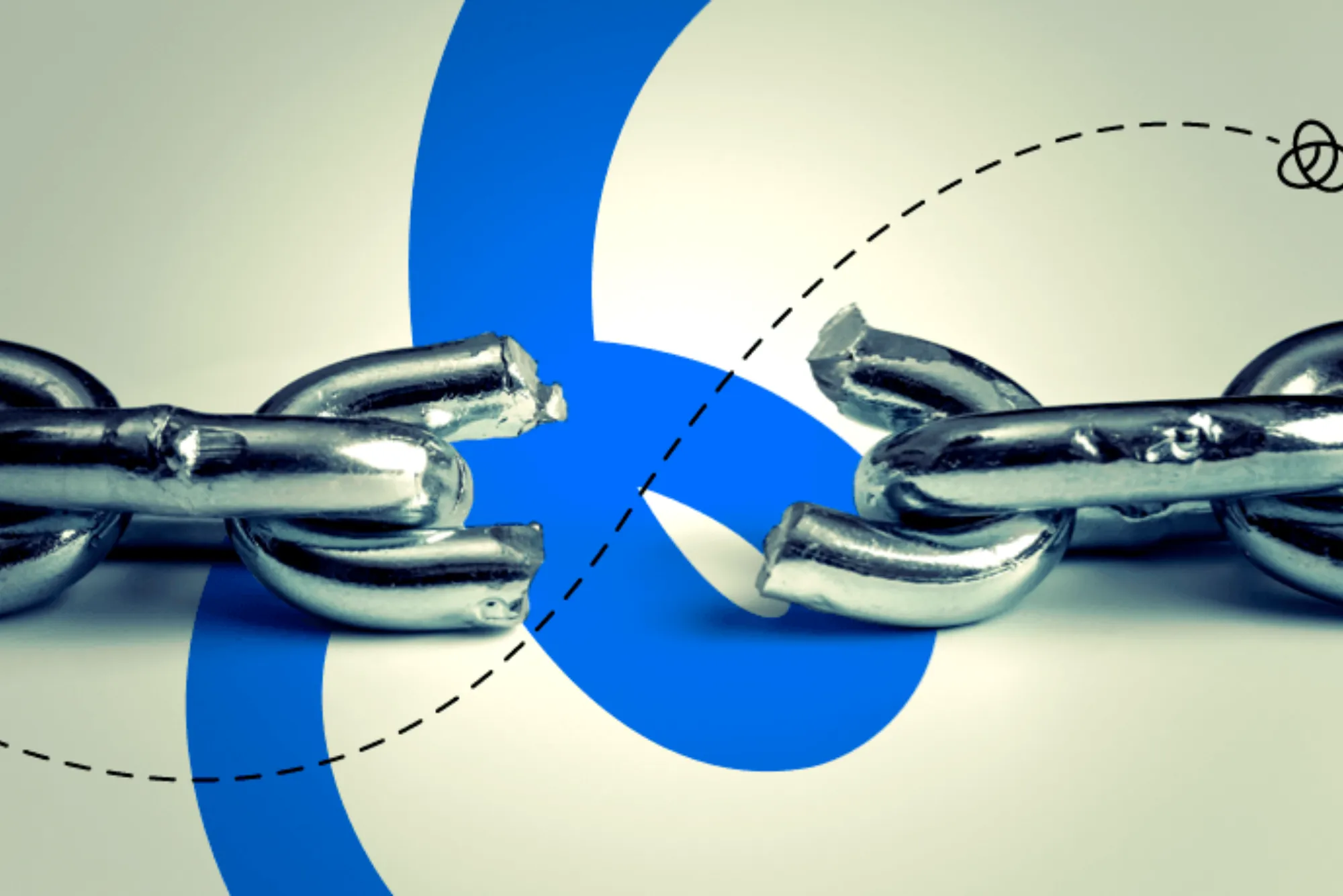When buying or selling a vehicle, one of the most important tools available is the Carfax report. Carfax provides a detailed history of a car, including its accident history, previous ownership, and other critical factors that help potential buyers make informed decisions. However, sometimes buyers and sellers may notice a discrepancy where the retail value listed by Carfax is lower than the price listed on platforms like ALSCarSales. This article will explore the reasons behind this phenomenon, how it impacts both buyers and sellers, and what steps can be taken to navigate these differences.

Understanding Carfax and Its Role in Car Valuation
What is Carfax?
Carfax is a leading vehicle history reporting service that provides detailed reports for cars based on their Vehicle Identification Number (VIN). This report includes essential data such as accident history, mileage readings, past ownership details, and service records. Carfax also estimates the market value of the car, based on its age, mileage, and condition.
How Does Carfax Determine Retail Value?
Carfax uses a range of factors to estimate the retail value of a car:
- Age and Mileage: Older cars or those with high mileage tend to have a lower retail value.
- Accident or Damage History: A car that has been in an accident or has sustained damage, even if repaired, is typically valued lower.
- Market Trends: Carfax analyzes current market conditions and comparable vehicle prices to determine a fair market value for a particular model.
However, while Carfax provides a useful baseline, the value it assigns is not the final word on a vehicle’s worth. Often, dealerships and private sellers may price their vehicles higher based on additional factors not captured in the Carfax report.
Why the Retail Value May Be Lower Than the Listed Price
Dealer Pricing Strategies
One of the primary reasons for discrepancies between Carfax’s retail value and the listed price is the way dealers price their cars. Dealers consider various factors such as:
- Operational Costs: Dealerships must account for overhead costs, including facility maintenance, employee salaries, and marketing expenses.
- Profit Margins: Dealers usually mark up prices to ensure they make a profit on the sale.
- Local Market Conditions: If a particular car is in high demand in a specific area, the dealer may set a higher price than Carfax suggests.
Unique Vehicle Features or Modifications
Carfax’s retail value often does not fully account for aftermarket upgrades or customizations. For instance, if a vehicle has added features like a premium sound system, custom wheels, or a higher-end interior package, these enhancements could justify a higher price than what Carfax estimates. However, Carfax’s value calculation might not factor these improvements into its report, leading to a lower value.

Market Conditions
Vehicle prices are heavily influenced by the state of the market. In some cases, the retail value determined by Carfax might not reflect the current demand for specific makes and models. For example, certain cars may become more desirable due to factors like fuel efficiency, reliability, or seasonal demand, leading sellers to price them higher.
Carfax’s Conservative Approach
Carfax tends to offer a more conservative valuation, especially for vehicles with minor damages or repairs. For example, if a car has had a fender bender but was properly repaired, Carfax may assign a lower value due to the accident history, even though the vehicle is in good condition. Sellers, however, may price the car higher based on the car’s overall current state.
Impact on Buyers and Sellers
For Buyers
- Pros: The lower Carfax retail value can give buyers leverage in negotiations. A buyer might use the Carfax report to argue for a price reduction, especially if the retail value is significantly lower than the listing price.
- Cons: A higher listed price may cause hesitation for buyers who rely solely on Carfax as an indicator of value. This can lead to confusion or mistrust if they feel they are being asked to pay more than the car is worth.
For Sellers
- Pros: Understanding the difference between Carfax’s retail value and the listed price allows sellers to justify their pricing. If a car has desirable features, upgrades, or is in high demand in a specific market, the seller can explain the reasoning behind the higher price.
- Cons: Sellers may encounter buyers who are fixated on Carfax’s valuation and find it difficult to negotiate a fair price. If the buyer is well-informed and uses Carfax as their primary point of reference, convincing them to accept a higher price can be challenging.
Navigating Price Discrepancies: Tips for Buyers and Sellers
For Buyers:
- Compare Multiple Sources: It’s important to not rely solely on Carfax for pricing information. Buyers should also check other pricing guides like Kelley Blue Book (KBB) or Edmunds for a more comprehensive understanding of the car’s market value.
- Use Carfax as a Starting Point: While Carfax offers valuable information, buyers should take into account additional factors such as the car’s condition, upgrades, and the current local market. The Carfax report should be one part of the decision-making process.
- Request a Pre-Purchase Inspection: To ensure the car’s condition aligns with the price, buyers should consider hiring a mechanic for an inspection. This can uncover any hidden issues not detailed in the Carfax report.
For Sellers:
- Be Transparent About Vehicle History: Sellers should provide clear explanations about the vehicle’s history, highlighting any repairs, upgrades, or features not captured in the Carfax report. This can help justify a higher price.
- Highlight Unique Features: If the vehicle has valuable customizations or upgrades, sellers should make these known to the buyer. Whether it’s a high-end sound system, custom paint job, or advanced technology package, these factors can justify a higher asking price.
- Prepare to Negotiate: Price discrepancies often lead to negotiations. Sellers should be prepared to discuss their pricing strategy, answer questions about the vehicle’s history, and find common ground with potential buyers.
The Role of ALSCarSales in Vehicle Pricing
ALSCarSales is a platform that uses a combination of Carfax reports, market trends, and their internal assessments to price vehicles. They aim to provide competitive pricing that reflects both the car’s condition and current market conditions. While Carfax’s retail value serves as a baseline, ALSCarSales and other dealerships consider many factors when setting their prices, such as the car’s popularity, local demand, and potential for customization.
The discrepancy between Carfax’s retail value and the listed price on platforms like ALSCarSales is not uncommon and can be attributed to several factors, including dealer pricing strategies, vehicle features, and market conditions. Both buyers and sellers should understand these factors to make informed decisions. Buyers should use Carfax as one tool in their research, while sellers can explain their pricing strategy by emphasizing the car’s unique features and current demand. With proper research and negotiation, both parties can reach a fair agreement.










